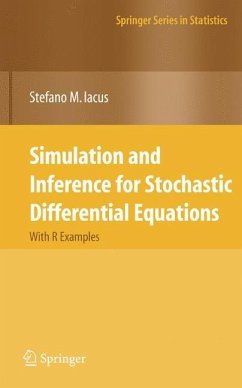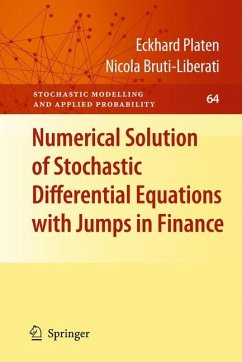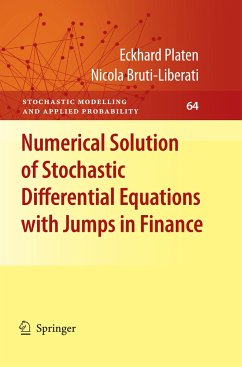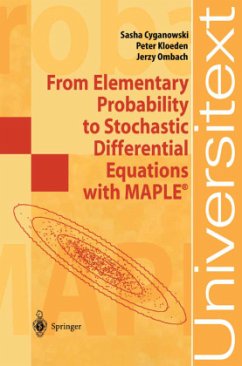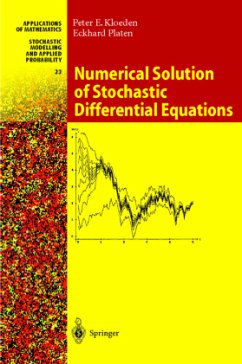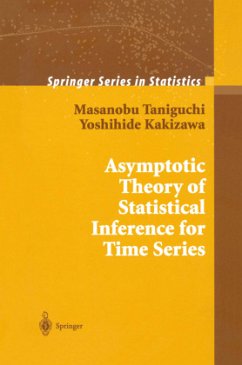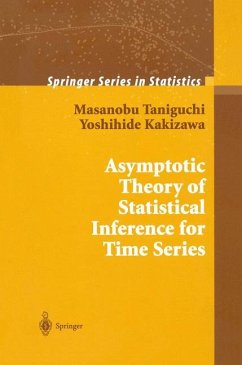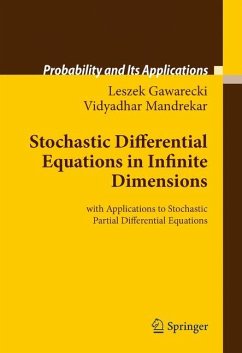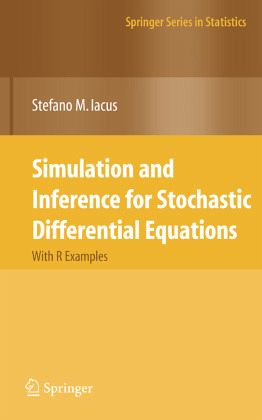
Simulation and Inference for Stochastic Differential Equations
With R Examples
Versandkostenfrei!
Versandfertig in 6-10 Tagen
87,99 €
inkl. MwSt.
Weitere Ausgaben:

PAYBACK Punkte
44 °P sammeln!
This book covers a highly relevant and timely topic that is of wide interest, especially in finance, engineering and computational biology. The introductory material on simulation and stochastic differential equation is very accessible and will prove popular with many readers. While there are several recent texts available that cover stochastic differential equations, the concentration here on inference makes this book stand out. No other direct competitors are known to date. With an emphasis on the practical implementation of the simulation and estimation methods presented, the text will be useful to practitioners and students with minimal mathematical background. What's more, because of the many R programs, the information here is appropriate for many mathematically well educated practitioners, too.
Stochastic di?erential equations model stochastic evolution as time evolves. These models have a variety of applications in many disciplines and emerge naturally in the study of many phenomena. Examples of these applications are physics (see, e. g. , [176] for a review), astronomy [202], mechanics [147], economics [26], mathematical ?nance [115], geology [69], genetic analysis (see, e. g. , [110], [132], and [155]), ecology [111], cognitive psychology (see, e. g. , [102], and [221]), neurology [109], biology [194], biomedical sciences [20], epidemi- ogy [17], political analysis and social processes [55], and many other ?elds of science and engineering. Although stochastic di?erential equations are quite popular models in the above-mentioned disciplines, there is a lot of mathem- ics behind them that is usually not trivial and for which details are not known to practitioners or experts of other ?elds. In order to make this book useful to a wider audience, we decided to keep the mathematical level of the book su?ciently low and often rely on heuristic arguments to stress the underlying ideas of the concepts introduced rather than insist on technical details. Ma- ematically oriented readers may ?nd this approach inconvenient, but detailed references are always given in the text. As the title of the book mentions, the aim of the book is twofold.





